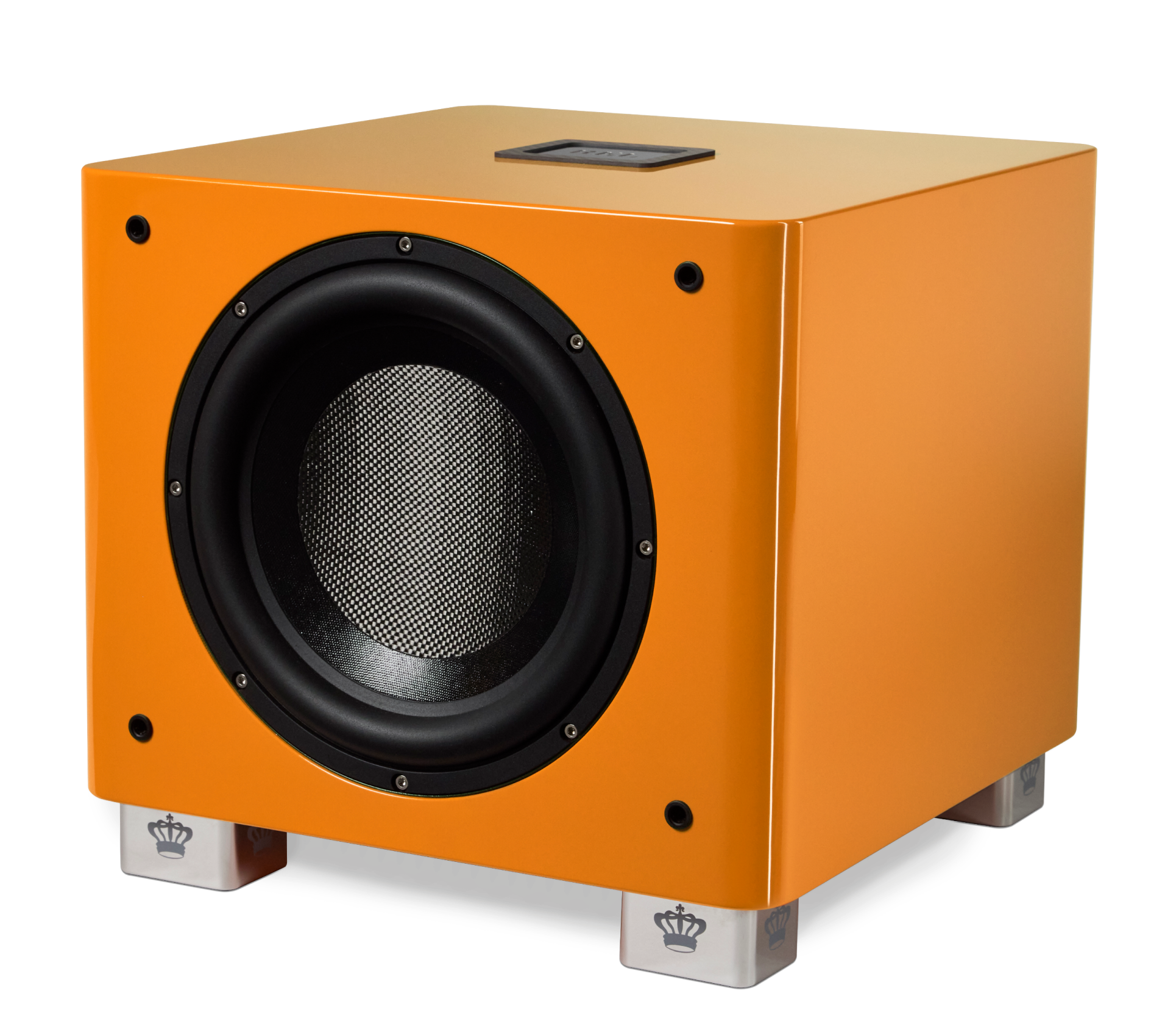Blog
Class D Amplifiers

Updated 2/16/2022
Are Class AB amps better than Class D? If we’re talking about wide bandwidth for music through your loudspeakers, the answer is likely to be simply and definitively “Yes.” But when it comes to powering subwoofers, the answer is less clear cut.
How Do Class D Amps Work?
Class D amps, also known as “digital” amplifiers, work by shifting the sample frequency at which they operate up to extremely high frequencies. In doing so, they use MUCH smaller power transformers which takes up far less interior space—something that is always at a premium in subwoofers. In some cases, it saves almost 10% of interior volume, space that can go back into producing deeper bass and higher output.
What’s The Difference Between Class D and Class AB Amplifiers?
So, where a “normal” Class AB amplifier operates at 60 Hz in North America and 50Hz in Europe and most of Asia, a Class D might operate at frequencies as high as 500,000 cycles; the higher the frequency, the more efficient the amp can run at idle and the smaller the transformer. Cooler running amplifiers means they can—especially in high powered (above 300W)–draw less energy when they’re not running. It is why we can supply a 550 watt amplifier that only draws 22 watts at idle.
Pro Tip:
While many REL Subwoofers offer Standby circuits, in our own studios we always select the “Always On” mode because any amplifier prefers to be run in a steady continuous mode where it is not stressed by the jolt of powering on from cold repeatedly. It is absolutely the most reliable, gentlest way to operate a REL. And because we have designed highly efficient amplifiers that don’t waste power when not playing a signal, you won’t be saving much more energy one way or another. The 200 watt amp in our T/7x draws just 7 watts, about what a child’s night light draws. We’ve always done it this way, long before it became fashionable to care about power consumption and the environment, we did so because it was good engineering practice.
Class D Amps Within Subwoofers
The very issues that many experienced listeners hear and object to in Class D amps, are completely sidestepped in subwoofer applications. Class D is known for brightness, a kind of hard-edged burr that infects music’s upper midrange and lower treble regions.
But look at how it’s used in a REL. In many REL-based systems, it is not uncommon for users to be crossing over in the 30-40 Hz region, sometimes even the 20-30 Hz range. So why are we unconcerned? Because the things that many of us can hear and object to in Class D amps lie 6-7 octaves higher than what we ask a REL Subwoofer to reproduce. Music comprises 10 octaves and REL’s reside almost exclusively in the bottom octave (20-40Hz), so the issues that are attached to Class D exist some 70% higher up the musical range in which a REL operates. This is so far outside the area of concern that we can safely ignore its effect.
Types of Amplifiers in REL Subwoofers
Doesn’t REL use Class AB in its more affordable range AND in some of its Reference products?
Yes we do and here’s our approach and why we really don’t give a damn whether an amp carefully developed for one range or another is Class AB or Class D. We want to use the absolute best amplifiers for the application and the price. “Best” means best sounding in a given price range, most reliable, and with more than sufficient power to achieve our engineering goals with a healthy extra margin of safety.
Pro Tip:
We state our amplifier’s power ratings steady state in a frequency range centered in the bottom octave of music whereas some competitor’s amplifiers are only able to achieve their ratings for brief periods of time and at frequencies that lie high outside the operating range of a subwoofer. Exactly, what’s the point to that? A subwoofer amp that is tested at 100Hz is like a school bus that handles well at 200 mph; interesting but not relevant to the job at hand.
How Does REL Choose Between Class D and AB Amps?
The bottom line is we are concerned with producing the most reliable amplifiers, that offer the best performance we can extract, no matter what the amplifier classification . When we offer Class D in our Serie S it’s because these amps offer much faster response, go deeper with amazing razor-sharp definition than the Class AB amps used in our more affordable Serie T/x .
So why not go Class D everywhere?
Because at the power outputs of Serie T/x, Class D is less compelling and does not yet have the proven track record of these Class AB amplifiers. We have produced well over 100,000 units using various developments of our Serie T/x amplifiers with a reliability rate that is nothing short of incredible and that reliability with great sound at a reasonable price is something exceptionally rare in attainably-priced subs.
We promise to continue using all means at our disposal to build the most ruggedly reliable amplifiers that deliver the highest performance for every range we make, without concern as to its power supply and amplifier classification. After nearly 30 years in business, we’ve proven we make the right engineering decisions that balance ALL the virtues of our products and engender the trust of our customers who count on us to make those decisions. We thank the thousands of REL customers around the world for that trust, we value it greatly.











